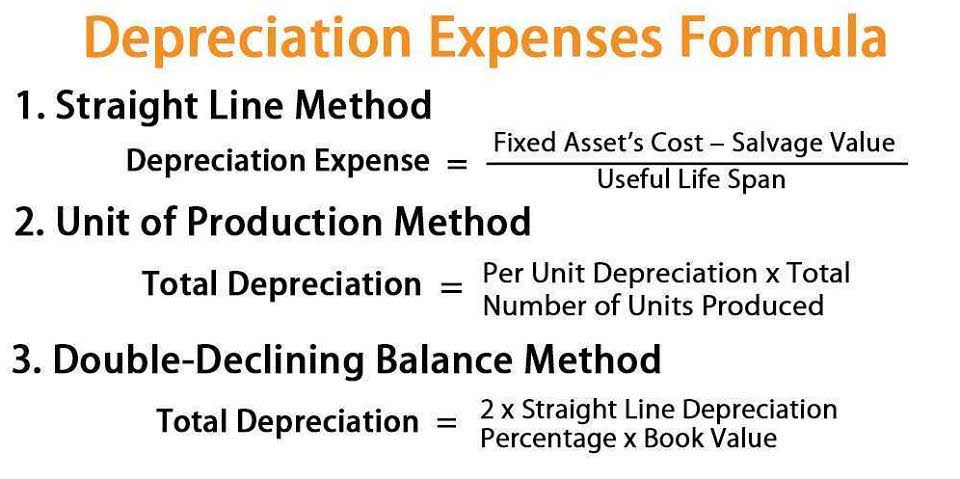Content
Review our curated list of rehab centers providing detox, residential, and outpatient treatment. The Ranch provides addiction care in a picturesque setting overlooking the Susquehanna River in southern Pennsylvania, easily accessible from Baltimore https://ecosoberhouse.com/article/how-to-lower-weed-tolerance/ and Philadelphia. The home-like recovery center combines traditional and experiential therapies such as DBT, co-occurring disorder care, PTSD treatment, and relapse prevention services.
How Does Inpatient Rehab for Alcohol Addiction Differ from Outpatient Rehab?
- Long-term drug rehab centers typically offer at least 60 days of inpatient rehab based on the needs of the client, but may last up to a year or longer for more severe cases of addiction.
- The primary goals of these treatments include attaining and maintaining abstinence from alcohol, improving overall health and wellness, and preventing relapse.
- Consult with an addiction specialist to help you make an informed decision about your care.
- Oro House Recovery Centers also offers sober living and specializes in treating professionals and young adults.
- To account for the increasing importance of value-based care in healthcare systems worldwide, Statista is surveying hospitals regarding their Patient-Reported Outcome Measures (PROMs) implementation status.
- There are several ways to access help from addiction experts who are best placed to support you during detox.
- While the program is open to anyone, their specialized services are designed for people with post-traumatic stress disorder (PTSD), substance abuse issues, depression, and anxiety.
The structure that once provided safety begins to loosen, and with that comes more responsibility. It’s when people move from 24/7 support to part-time care—or from part-time care to full independence—that old habits or triggers can reemerge. This article walks through the main levels of care in addiction treatment and how each one plays a distinct role in helping people move toward health, stability, and long-term sobriety. SAMHSA offers trainings and guidance to help those working in the substance use disorder treatment field improve their ability and capacity to provide evidence-based treatments.
Benzodiazepine overdose: symptoms and treatment
- This luxury rehab facility provides amenities such as gourmet meals, a recreational room, lush outdoor areas, comfortable rooms, and more.
- Treatment enables people to counteract addiction’s disruptive effects on their brain and behavior and regain control of their lives.
In the last 20 years, the diagnosis of alcohol and drug use disorders in the U.S. has increased from 4.9 percent to 6 percent; consequently, overdose deaths are also rising. To find another treatment program, browse the top-rated addiction treatment facilities in each state by visiting our homepage, or by viewing the SAMHSA Treatment Services Locator. Yes, there are Christian treatment facilities for people who want to incorporate faith into their recovery program. Additionally, trauma-informed care is integrated into all of Pinnacle’s treatment programs. Trained professionals will help clients navigate trauma triggers to assist in the healing process. Ashley Addiction is a Maryland rehab center that offers a range of drug and alcohol abuse programs.
FAQs For Long-Term Substance Abuse Treatment Programs
The treatment program operates six days per week, incorporating individual, group, and family counseling alongside 12-step meetings, issue-focused groups, or faith-based support. Holistic options such as yoga and meditation are also available as a complement to traditional therapy. Here, people who are battling alcohol or drug abuse can find multiple levels of care including California-based outpatient services, inpatient treatment, and medical detox. Whether you need inpatient addiction treatment, detoxification, or an outpatient drug rehab program, you can find effective services at a number of rehab centers across the U.S. The information provided in this ranking should be considered in conjunction with other available information about addiction treatment centers or, if possible, accompanied by a visit to a facility. The quality of addiction treatment centers that are not included in the rankings is not disputed.
Does relapse to drug use mean treatment has failed?
This 90-day inpatient treatment facility offers clients evidence-based services such as MAT, counseling services, and treatment for co-occurring disorders. This facility offers an array of services spanning all levels of care including detoxification, long-term residential care, outpatient treatment, and sober what is alcoholism living. From there, treatment may include varying levels of holistic and evidence-based addiction treatment, such as standard outpatient, IOP, PHP, intensive inpatient, and residential treatment. Addiction treatment programs in the U.S. offer inpatient treatment, outpatient treatment, or both. This drug and alcohol abuse treatment center provides inpatient drug treatment, PHP, IOP, dual diagnosis treatment, detox, and more.
From Los Angeles and Malibu, to Arizona and Florida, there are a variety of specialist treatment plans available spanning alcohol abuse, drug abuse, depression, prescription drug abuse, opioid addiction and anxiety treatment. Treatment options range from inpatient rehabilitation to partial hospitalization and intensive outpatient programs, with typical residential stays lasting days. Some of the specialized treatment choices available here include yoga, painting, poetry, journaling, performance activities, music therapy, and book clubs. Bluff Augusta offers a residential rehabilitation experience on its expansive 178-acre campus outside Augusta, GA. Call the rehab center of your choice and ask if they offer men-only or women-only addiction treatment programs.
In PHP, individuals attend programming for several hours a day—typically five to six days a week—and return home or to sober housing in the evenings. This structured progression reduces the risk of relapse and ensures people aren’t pushed into situations they’re not ready to handle. They allow professionals to tailor treatment intensity to each person’s circumstances, whether they’re in crisis or working to maintain stability. A long-term drug and alcohol treatment center can help you or your loved one achieve lasting recovery. White Sands is a luxury addiction recovery program in Tampa, FL, that offers a long-term residential program for up to 90 days. Crest View Recovery Center offers long-term residential recovery services for up to 90 days.
- The treatment approach at Greenhouse includes individual counseling, group therapy, and specialized programs designed for veterans and first responders.
- IOP typically includes group and individual therapy, education on addiction and mental health, and relapse prevention strategies.
- Treating addiction and co-occurring disorders with a full continuum of integrated care, including detox, residential, outpatient, and recovery coaching….
- PAWS is common when withdrawing from benzodiazepines, underlining the need for continued support and monitoring.
- Shortly after the first announcement, we received a second one about substance abuse disorder treatment.
There is a long-term intensive residential program for adults as well as a separate unit for men in need of addiction counseling. Maybe this group will be a stepping stone toward more robust treatment programs at the Washington State Penitentiary. Alternative treatments like mindfulness-based interventions, acupuncture, and biofeedback have shown promise in supporting recovery.











